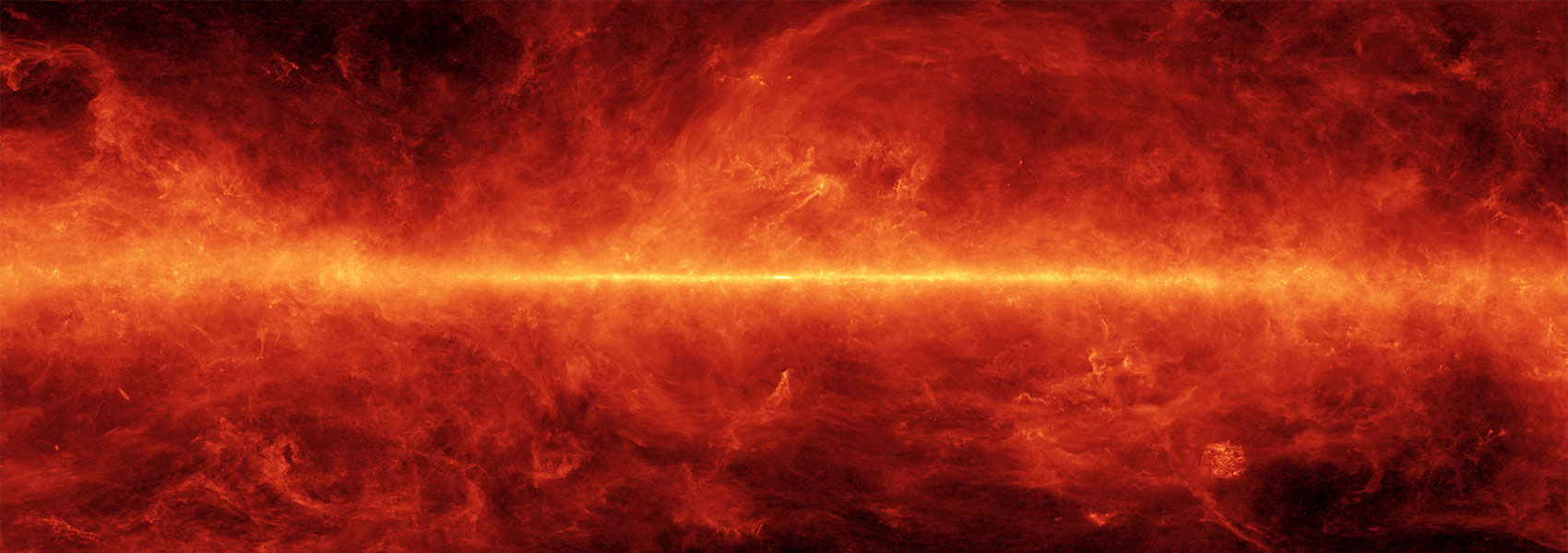
The SN 2023ixf Progenitor in M101. I. Infrared Variability
November 2023 • 2023ApJ...957...64S
Abstract • Observational evidence points to a red supergiant (RSG) progenitor for SN 2023ixf. The progenitor candidate has been detected in archival images at wavelengths (≥0.6 μm) where RSGs typically emit profusely. This object is distinctly variable in the infrared (IR). We characterize the variability using pre-explosion mid-IR (3.6 and 4.5 μm) Spitzer and ground-based near-IR (JHK s ) archival data jointly covering 19 yr. The IR light curves exhibit significant variability with rms amplitudes in the range 0.2-0.4 mag, increasing with decreasing wavelength. From a robust period analysis of the more densely sampled Spitzer data, we measure a period of 1091 ± 71 days. We demonstrate using Gaussian process modeling that this periodicity is also present in the near-IR light curves, thus indicating a common physical origin, which is likely pulsational instability. We use a period-luminosity relation for RSGs to derive a value of M K = -11.58 ± 0.31 mag. Assuming a late M spectral type, this corresponds to $\mathrm{log}(L/{L}_{\odot })=5.27\pm 0.12$ at T eff = 3200 K and to $\mathrm{log}(L/{L}_{\odot })=5.37\pm 0.12$ at T eff = 3500 K. This gives an independent estimate of the progenitor's luminosity, unaffected by uncertainties in extinction and distance. Assuming the progenitor candidate underwent enhanced dust-driven mass loss during the time of these archival observations, and using an empirical period-luminosity-based mass-loss prescription, we obtain a mass-loss rate of around (2-4) × 10-4 M ☉ yr-1. Comparing the above luminosity with stellar evolution models, we infer an initial mass for the progenitor candidate of 20 ± 4 M ☉, making this one of the most massive progenitors for a Type II SN detected to date.
Links
- PREPRINT http://arxiv.org/abs/2306.10783
- NED https://ned.ipac.caltech.edu/uri/NED::InRefcode/2023ApJ...957...64S
- ELECTR https://doi.org/10.3847/1538-4357/acef22
- SIMBAD https://simbad.u-strasbg.fr/simbad/sim-ref?querymethod=bib&simbo=on&submit=submit+bibcode&bibcode=2023ApJ...957...64S
- PDF https://iopscience.iop.org/article/10.3847/1538-4357/acef22/pdf
- DATA https://irsa.ipac.caltech.edu/bibdata/2023/S/2023ApJ...957...64S.html


